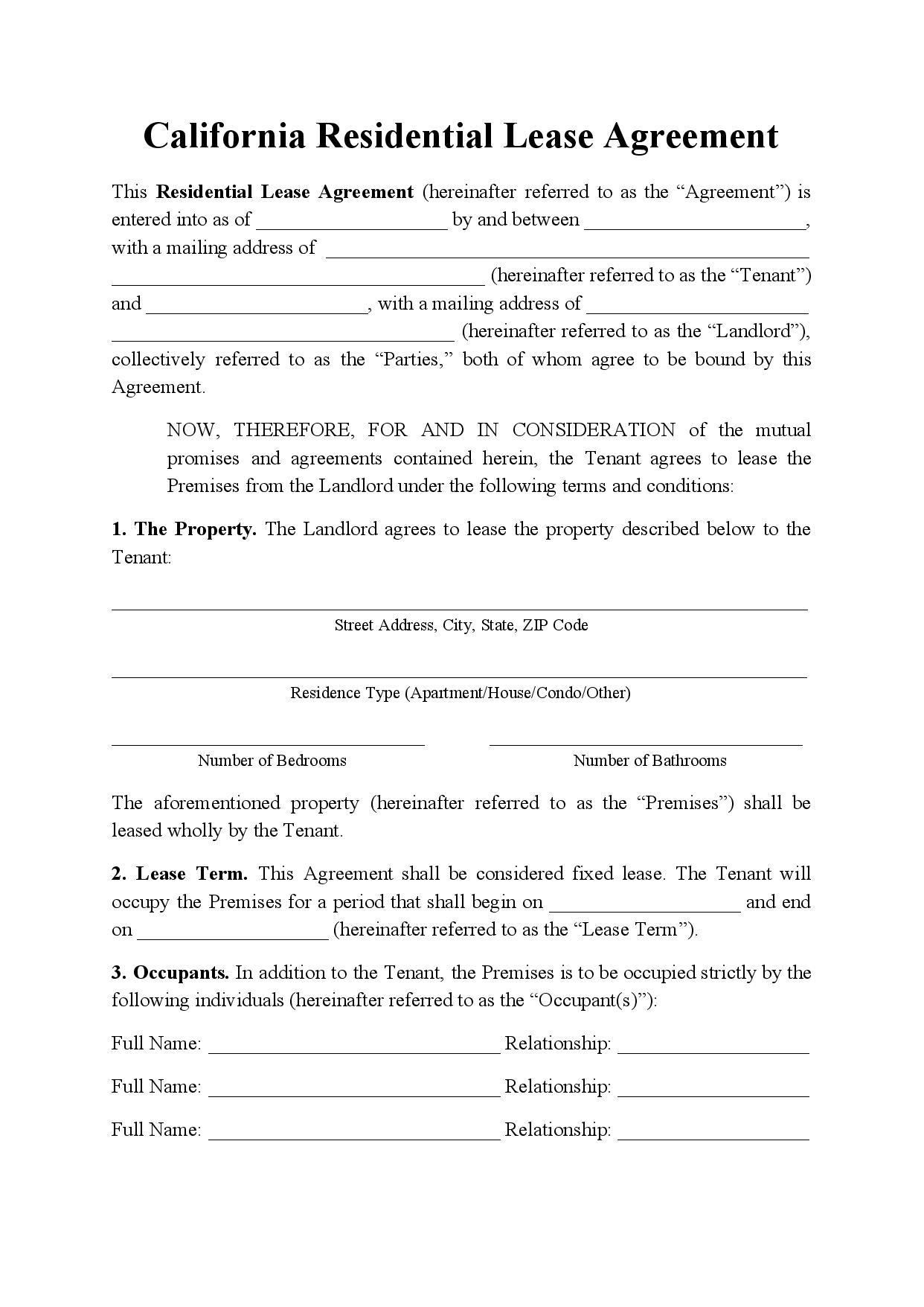Requirements for California Lease Agreement
The California Lease Agreement must meet the following requirements in order to be valid:
-
The contract has to have a written form
-
The contract has to contain the signatures of both the landlord and tenant
-
The contract has to include the location of the residential or commercial property
-
The contract has to specify the amount of rent
-
The contract has to mention the length of the lease agreement
If any of these requirements are not met, the agreement will not be valid. Make sure that you understand all of the requirements before signing the agreement.
Grace period in California is 3 days
In California, there is a grace period of 3 days for the payment of rent. This means that the tenant has 3 days from the date that rent is due to make the payment. If the tenant does not make the payment within this grace period, the landlord can begin eviction proceedings.
Late fees in California
In California, landlords are allowed to charge a late fee if the tenant does not make the rent payment within the grace period. The late fee cannot be more than 5% of the rent amount. For example, if the rent is $1000 per month, the maximum late fee that could be charged is $50.
Returned check fees in California
If a tenant’s check bounces, the landlord is allowed to charge a returned check fee. The fee cannot be more than $25.
Security deposits in California
In California, landlords are allowed to charge a security deposit of up to 2 months’ rent. The security deposit must be returned to the tenant at the end of the lease agreement unless there is damage to the property. If there is damage to the property, the landlord can use the security deposit to cover the cost of repairs.
Move-in fees in California
In California, landlords are allowed to charge a move-in fee. This fee cannot be more than the cost of 1 month’s rent. For example, if the rent is $1000 per month, the maximum move-in fee that could be charged is $1000.
